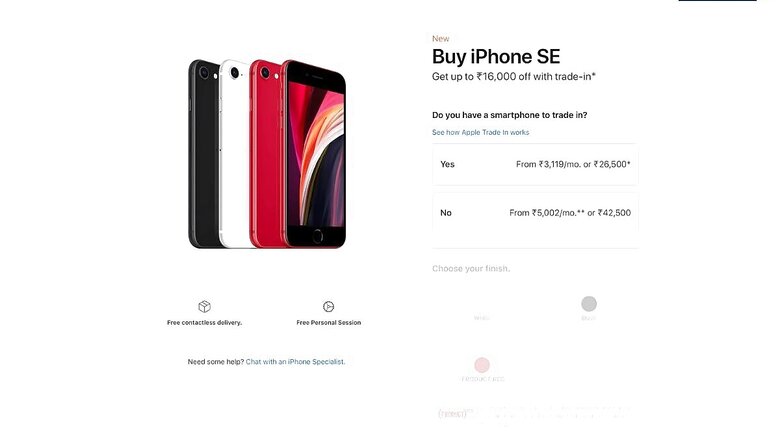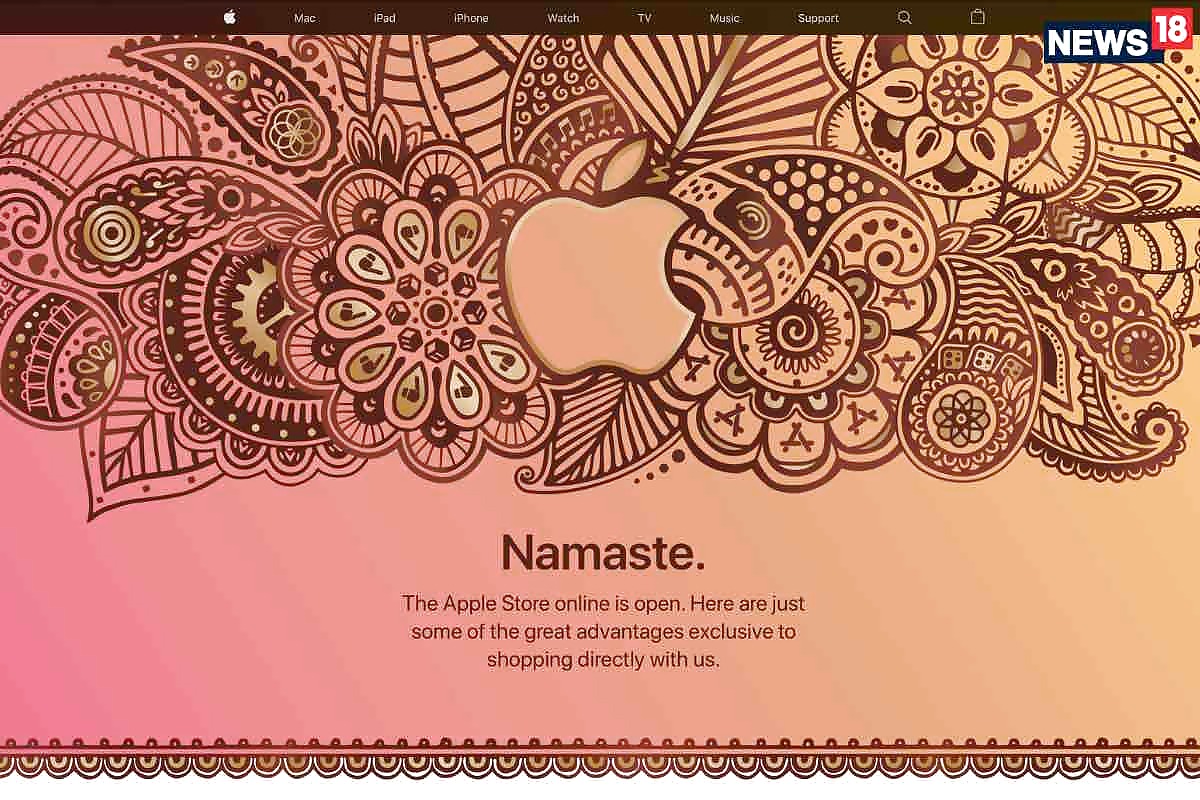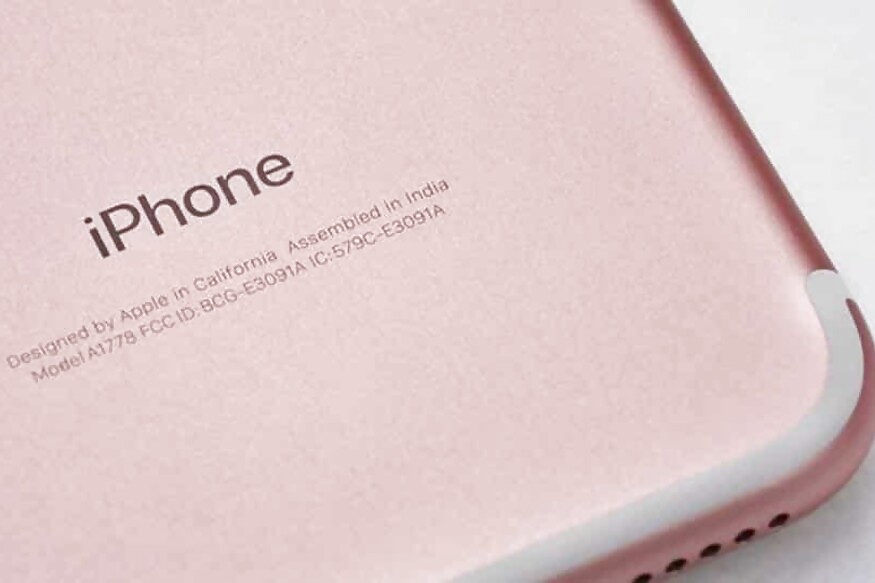
views
Apple’s presence in India has stood the test of time. And it is time that has us where we are today. Apple has dialed up the India focus, visibly more so in the past few weeks, than it perhaps has ever before. It is very much in step with the spirit of the age. A lot of that is driven by the reprioritization of the sensibilities of business. Even more so with the potential that India holds, as a market and as a manufacturing hub. And the challenges that were placed before all by the Coronavirus pandemic. Which also mean, while this may never be said explicitly in the corporate circles globally, there is an urgent need to reduce the overwhelming reliance on China as a manufacturer of all things. Thus, here we are. In a flurry of activity, we now have Made in India Apple iPhones, the Apple India online store and Apple’s top manufacturing partners committing to invest a lot of money in India in the next few years as well as the participation in the applications for exports. It is all coming together, like pieces in a jigsaw that you have all figured out.
The launch of the Apple Store India ahead of the festive season, is perhaps the best of timing. At least that is what one would hope, before flipping the switch to make it Live. Apple has online stores in 37 other countries, and India now joins the list that has the US and the UK. For the first time in India, Apple will be able to take charge of what it covets the most—the experience. No longer does it have to rely on distributors, retailers and ecommerce platforms for online sales, which means it can dictate the entire experience for the customer, right from choosing a product, to placing the order, the delivery as well as the post-purchase setup and support. The standardization of experience will mean a customer buying something on the Apple online store in the UK will get the same sort of experience as Apple India online store users.

India focus didn’t just mean launching an online store. For Apple, the localizations went deeper. There is the Shopping Assistance option that will allow customers to connect with Apple Specialists, and communicate with them in English and Hindi, at this time. These specialists will be able to help with support and pre-purchase guidance. Support for more Indian languages is expected in the coming weeks.
Ahead of the festive season, Apple will also offer gifting options as well as the ability to engrave text or emojis on Apple AirPods, Apple iPad and the Apple Pencil. Initially, engraving will be available in English as well as 7 Indian languages such as Bengali, Gujarati, Hindi, Kannada, Marathi, Tamil, and Telugu for the Apple AirPods, and English for the Apple iPad and Apple Pencil.
The timing should work well for Apple. The Dussehra and Diwali festivals are almost here, there is a lot of pent up demand among consumers, who have by most estimates, been conservative so far this year because of the financial uncertainties posed by the COVID pandemic. That could change, if the right offers were to be made available for the cool things that they want to buy. For Apple, this also plugs in well with the new launches and the updates that are now ready to go on sale, or will be in the coming weeks—we have already seen the Apple Watch Series 6, the Apple Watch SE, iPad Air, iPad and updates to the iMac 27-inch and the iMac 21.5-inch. The big ones, this year’s iPhone updates are next. Maybe even the AirPods. And before the end of the year, there will be the first Mac device with the new Apple Silicon hardware—though what that will be is anyone’s guess.
Have You Also Read?
Apple India Online Store Is Now Open With iPhone Trade-in, Mac Configure To Order & More
India Could Clock More Than $100 Billion In Mobile Phone Exports As Apple And Samsung Lead The Way
What helped was that in August last year that the Government of India had made changes to the foreign direct investment (FDI) rules which earlier required companies including Apple to source 30% of the value of goods purchased locally. That definition was widened to count all procurements made from India by a single brand retail trade entity, towards local sourcing. The new guidelines also removed the requirement for companies to first set up a physical retail presence in the country.
There seems to be a perception that Apple’s products are “expensive” for India. Safe to say, that is just frivolity at its best. Particularly on social media, where almost everyone has an opinion about almost everything. That is just how social media works.
Apple, even though it doesn’t have a direct retail presence in India, has still being doing well with numbers. According to research firm IDC, in Q2 2020, Apple dominated India’s premium smartphone segment with 49% market share. The latest iPhone 11 series as well as the iPhone XR combined for 28% of those high-end shipments, which means users are spending on higher spec iPhones. Apple competes with Samsung and OnePlus in the premium smartphone space in India.
There are more numbers. In Q1 2020, Apple clocked a 71% year-on-year growth in India, according to the research by CMR, released in May. The iPhone XR and the iPhone 11 clocked as much as 70% of the iPhone sales in India. The next time someone tells you Indians don’t buy Apple iPhones or Apple products in general because they are too expensive, do not believe them.
And that is even before the Made in India iPhones arrived on the scene. At this time, the latest generations of the Apple iPhone SE as well as the iPhone 11 series are being manufactured in India. It is being seen as a boost to the Make in India initiative. The other iPhones being manufactured and assembled in India include the iPhone XR. It is likely that while the Made in India units will be arriving in stores in the coming weeks ahead of the Diwali festival sales.

Earlier this month, The Government of India’s Make in India mission saw another push with reports that the applications for exports filed by phone manufacturing including iPhone manufacturers Foxconn, Pegatron and Wistron as well as smartphone makers Samsung, Karbonn, Lava and Dixon have been cleared by the government. It is expected that India could export mobile phones well in excess of $100 billion. Apple and Samsung plan to export phones worth $50 billon each over the next five years. There are also five Indian phone makers or manufacturers, including Micromax, Lava, Karbonn, Optiemus and Dixon.
It was in August that Apple and Samsung announced their participation in India’s Production Linked Incentive (PLI) offer to do away with India’s dependence on China and establish India firmly as a export manufacturing hub. The Government of India had welcomed the proposal by Apple and Samsung to make the most of India’s local manufacturing benefits, which has extended incentives of up to Rs 41,000 crore subject to meeting local manufacturing targets.
The latest part of this jigsaw for India sees three of Apple’s top manufacturing partners suggesting they will invest as much as $900 million in India in the next five years. Foxconn, Wistron and Pegatron intend to make investments as part of the PLI scheme. That being said, the investments may not be limited to just the manufacturing of Apple devices in India. Foxconn for instance also makes phones for Xiaomi in India while Wistron’s India operations only manufacture Apple iPhones.
For customers, Apple’s visibly active focus on India is surely great news. Over the last few years, the gap between Apple products launching globally and then launching in India has been almost eliminated, a far cry from before. Now, availability, stocks, pricing and the experience will also be standardized as how Apple wants the consumer to interface with, all of which really translates into an overall slick Apple experience. Or you could still choose to walk into a Croma store or browse and order stuff on Amazon.in, for instance. Customer really has a much wider platter of choices now.



















Comments
0 comment